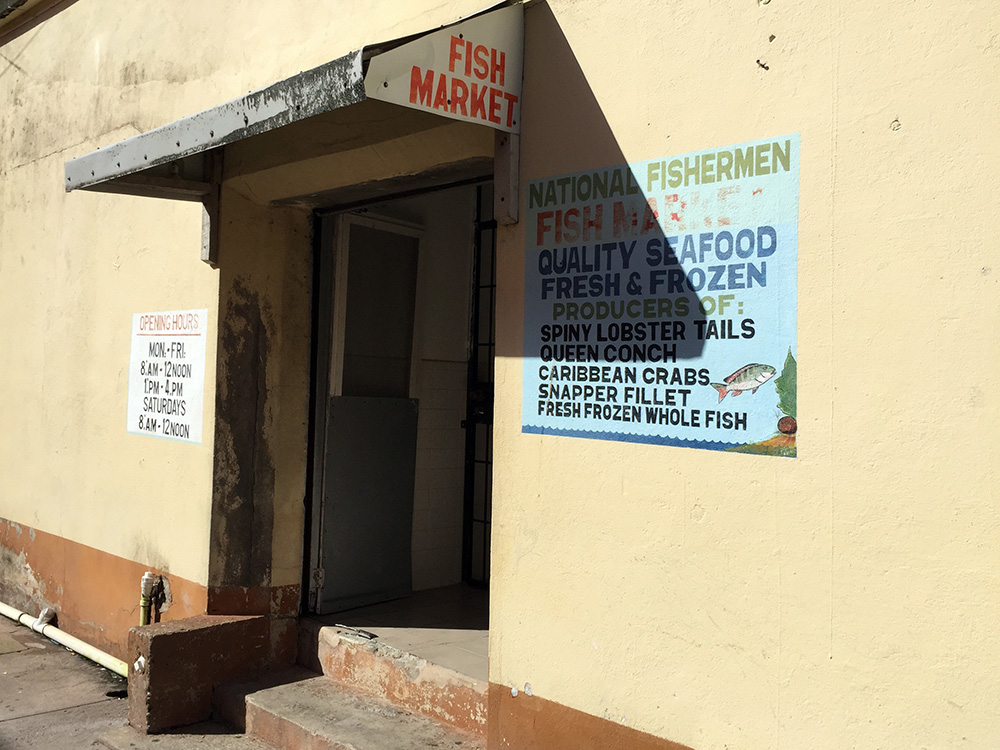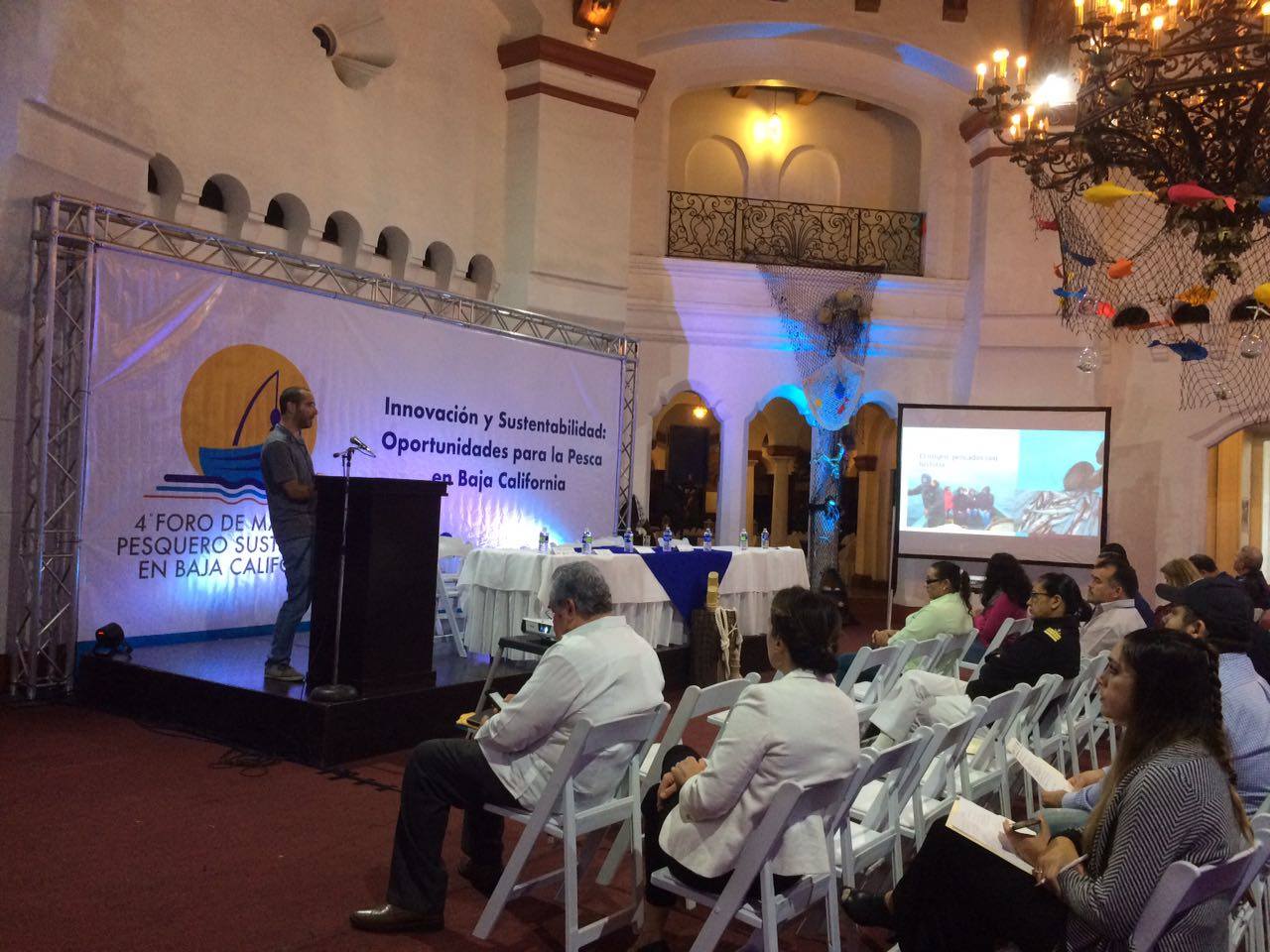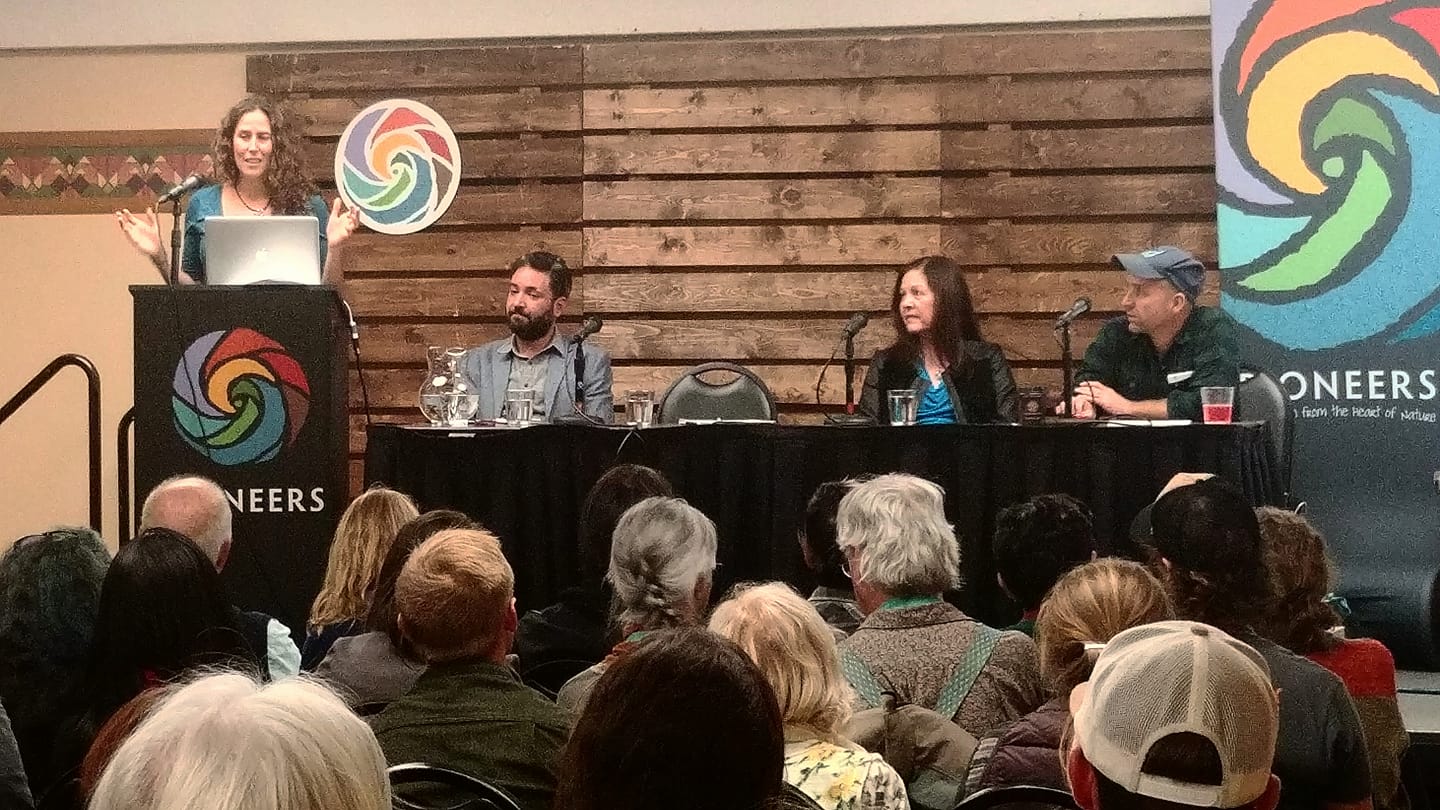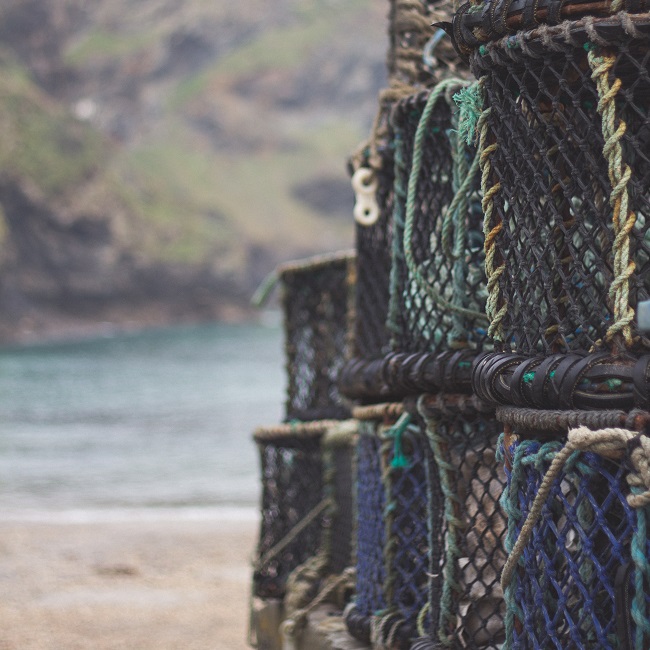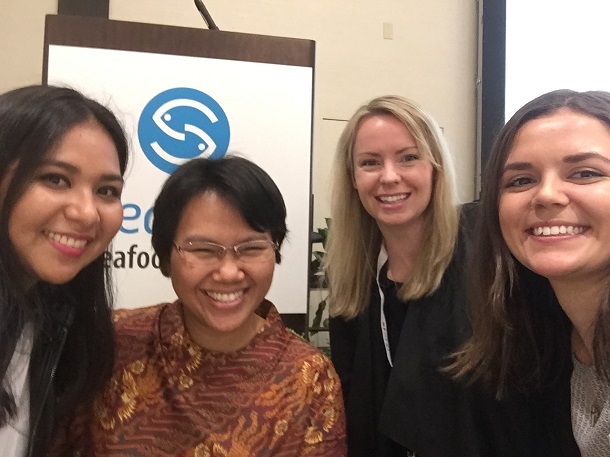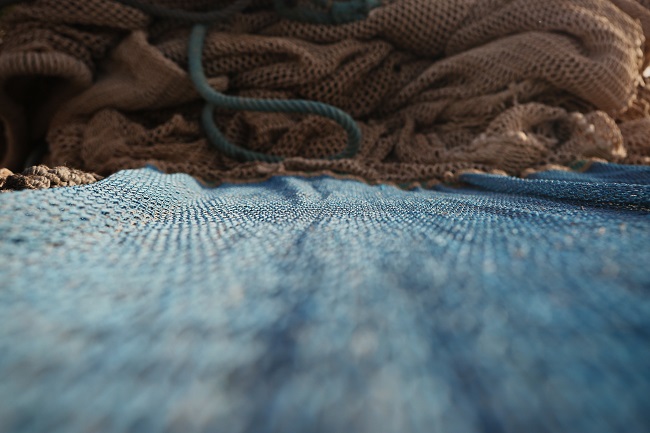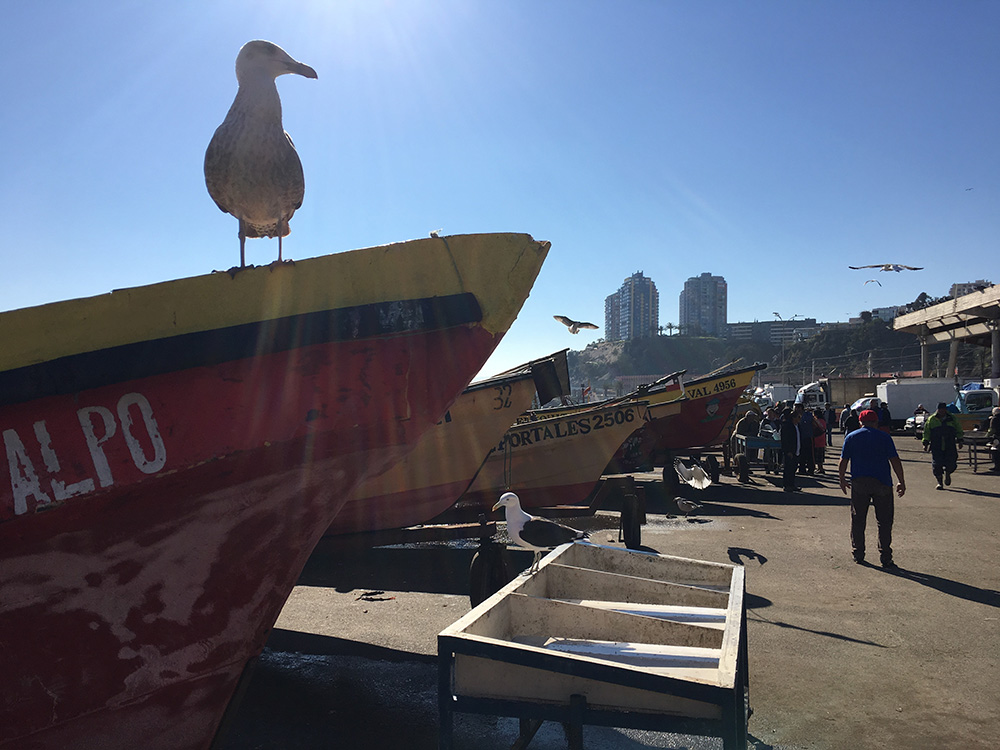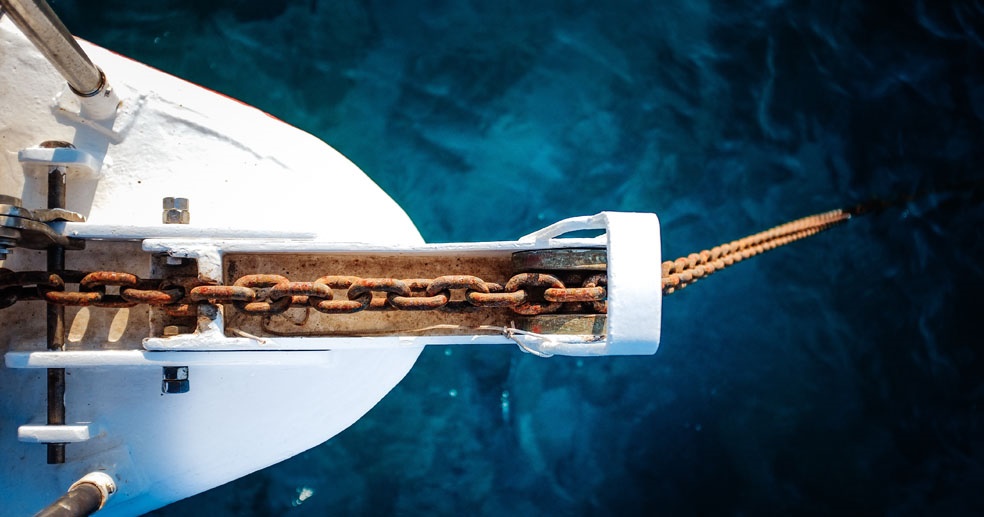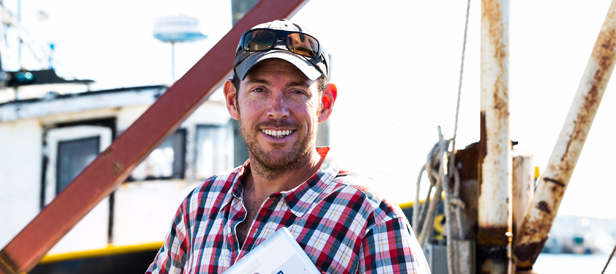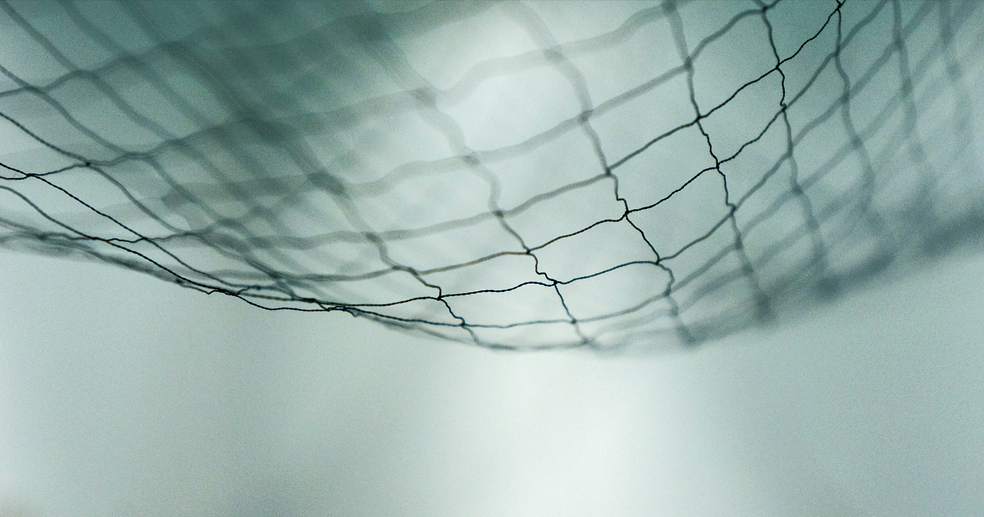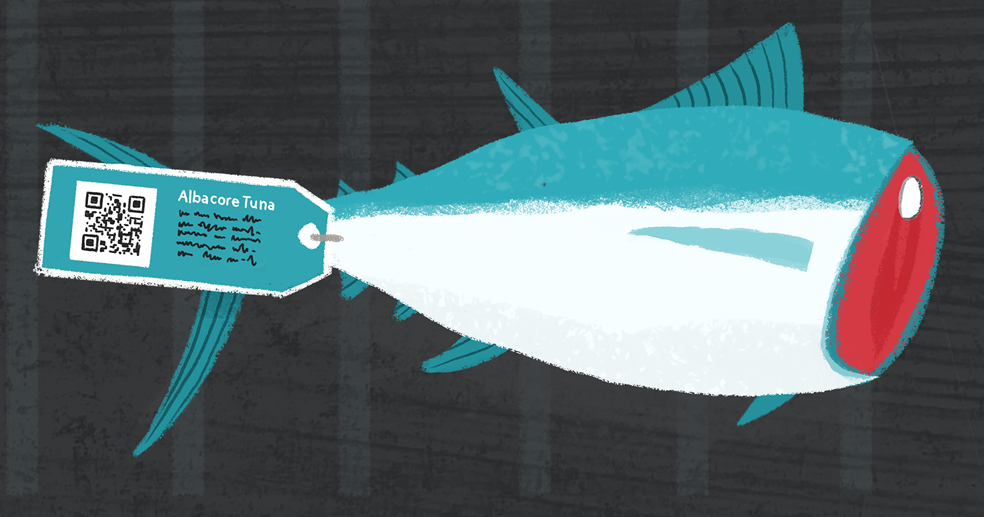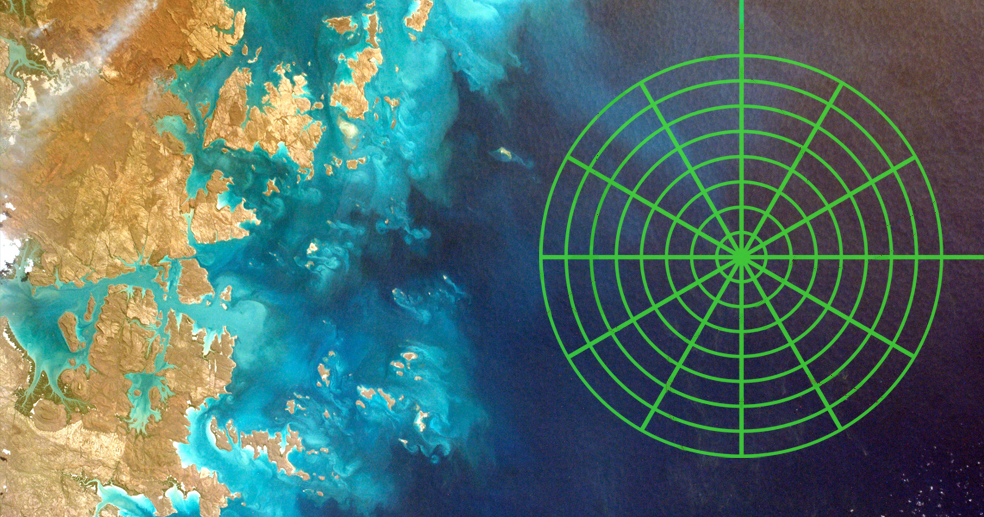Getting our Feet Wet: Launching a Traceability RFP Process in Belize
Want to implement electronic traceability in seafood supply chains? Grab a hair net, some rubber boots, and tie on a smock. Rather than beginning with the technology, our Global Operations team can share that transitioning seafood supply chains from data-poor to data-rich starts with getting your feet wet—literally. This is how we found ourselves on a recent November morning following a very-patient Quality Control manager around the floor of his processing plant in Belize City. Jason works for The National Fishermen Cooperative Society…


